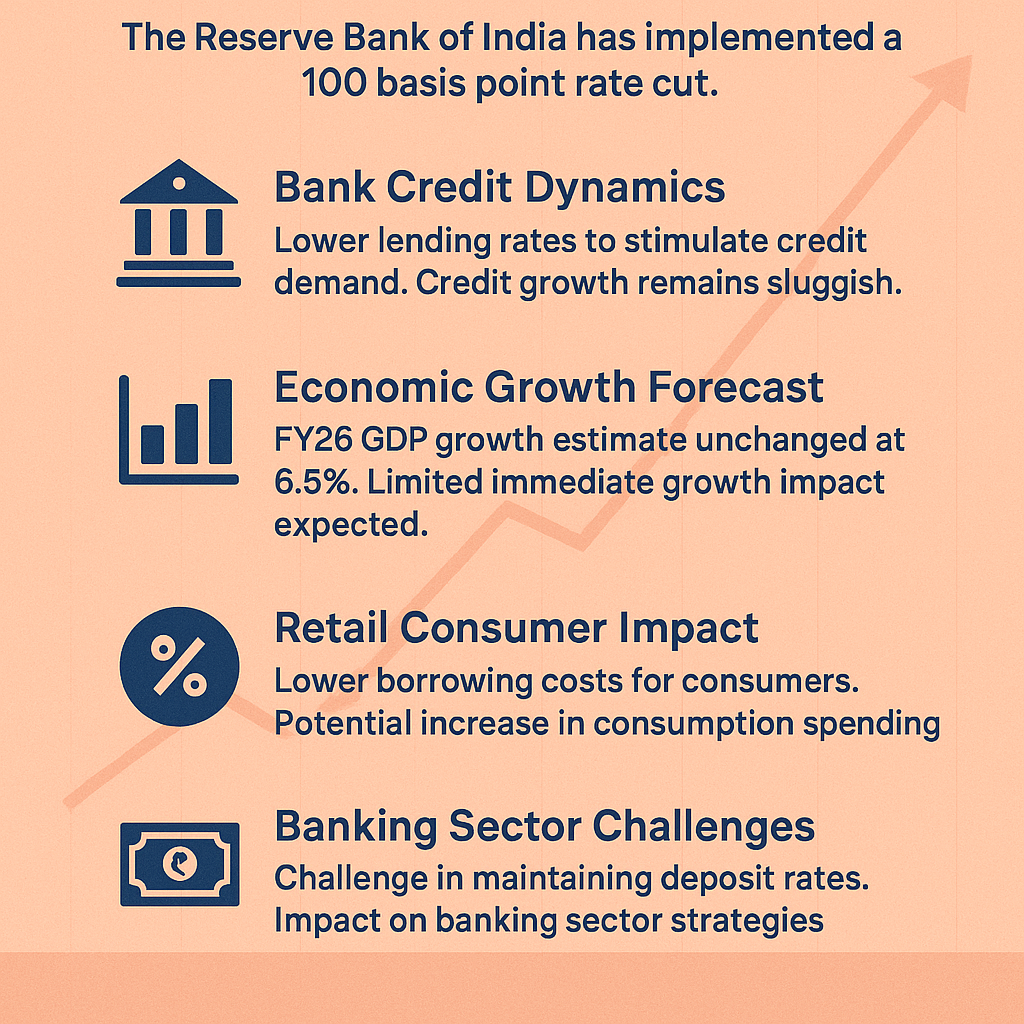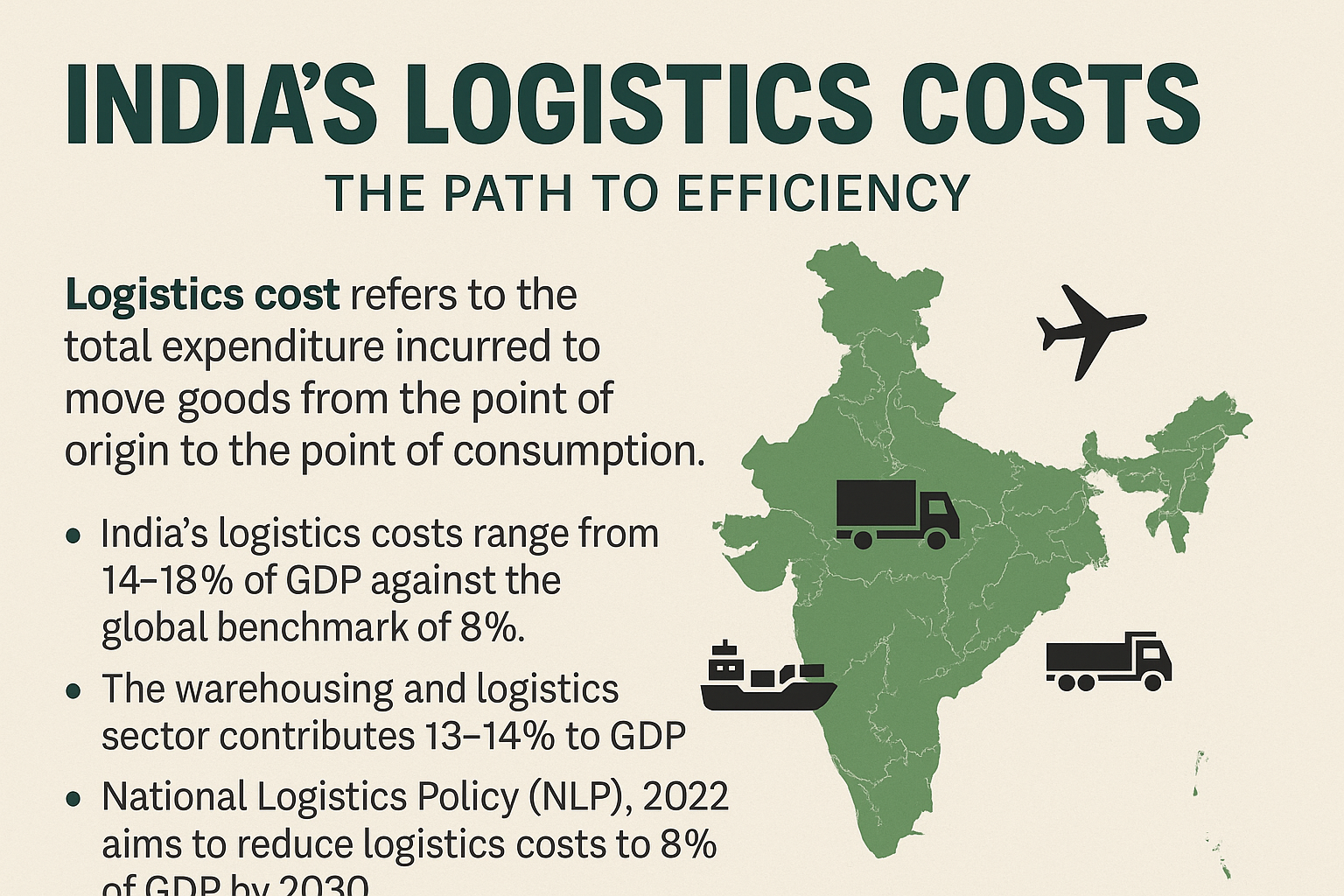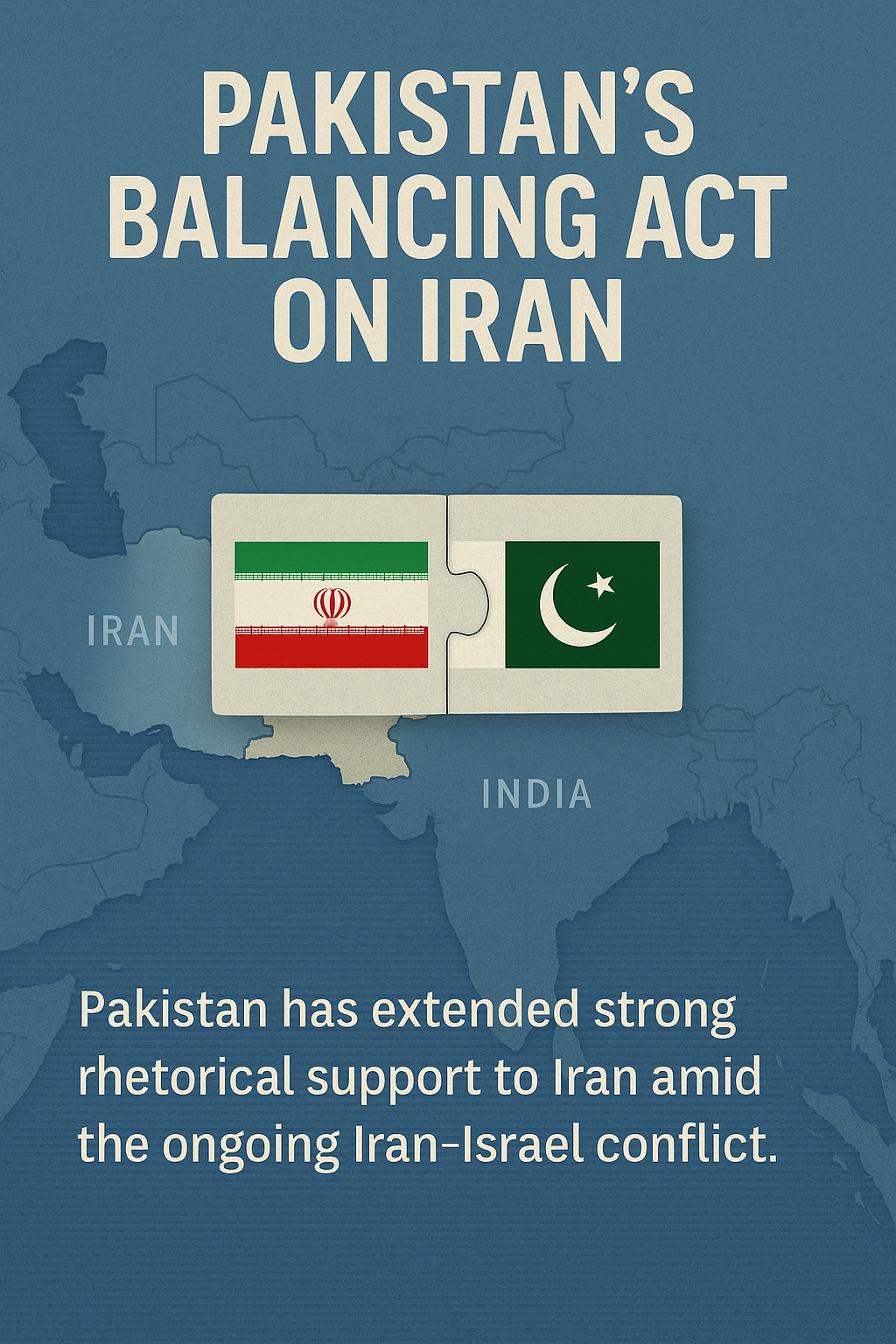
🧭June 11, 2025 Post 1: When the Rate Falls, the Ripple Rises: The RBI’s Cut and the Consumer’s Dilemma | High Quality Mains Essay | Prelims MCQs
🏦 When the Rate Falls, the Ripple Rises: The RBI’s Cut and the Consumer’s Dilemma

NATIONAL
📅 Post Date: June 11, 2025
🎯 Thematic Focus: Monetary Policy | Retail Economy | Banking Behaviour
🌬️ Opening Whisper
A falling rate is not just a number—it is a silent tug on the strings of confidence, credit, and consumption.
🔍 Key Highlights
- The Reserve Bank of India (RBI) has implemented a 100 basis points (bps) repo rate cut, aiming to boost credit uptake and economic activity.
- Loan rates are expected to decline, making housing, auto, and business loans cheaper.
- However, retail deposit rates may fall, affecting savers and fixed-income earners.
- Bank credit growth remains muted at 7%, despite earlier cycles showing higher demand at lower rates.
- RBI’s GDP forecast for FY26 remains at 6.5%, signaling cautious optimism despite stimulus.
- Rising household savings (now at 12%) and interest in equities may shift consumer behaviour further away from traditional deposits.
- Banking sector bifurcation: Large banks likely to absorb the cut better than small banks, which face margin pressure.
🧭 Concept Explainer: Repo Rate and Economic Behaviour
- Repo Rate: The rate at which the RBI lends to commercial banks. Lowering it makes borrowing cheaper, ideally leading to more spending and investment.
- Transmission Lag: Banks may take weeks or months to pass on the rate cuts to customers through lower lending rates.
- Retail Consumer Impact: Existing loans may become cheaper, but depositors may earn less—leading to complex shifts in financial planning and risk appetite.
📚 GS Paper Mapping
- GS Paper 3: Indian Economy – Monetary Policy, Banking Sector Reforms, Economic Growth & Consumption
- GS Paper 2: Government Policy & Interventions (RBI as an institutional actor)
💭 A Thought Spark — by IAS Monk
“When interest falls, hope rises—but only when both the banker and the borrower remember why trust matters more than liquidity.”
High Quality Mains Essay For Practice :
Word Limit 1000-1200
Rate Cuts and Ripple Effects: Dissecting the RBI’s 100 bps Move in 2025
Introduction
In a bold monetary maneuver, the Reserve Bank of India (RBI) cut the repo rate by 100 basis points (bps) in June 2025. While such decisions typically aim to stimulate credit, fuel consumption, and energize economic activity, they often carry trade-offs. Lowering interest rates can have significant behavioral, financial, and structural implications—from consumers and savers to banks and policymakers. The key question is whether this move can truly revive economic momentum in an environment marked by fragile global recovery, uneven domestic demand, and structural weaknesses in banking and savings patterns.
This essay examines the rationale behind the rate cut, its impact on bank credit, economic growth projections, retail consumer choices, and challenges for the banking sector—while critically analysing whether such a strategy is sustainable in the long run.
I. Understanding the Repo Rate Cut
The repo rate is the interest rate at which the RBI lends short-term funds to commercial banks. A 100 bps cut is substantial and indicates a shift in monetary policy stance toward aggressive accommodation.
Why was the cut announced?
- Sluggish Credit Growth: Despite previous rate cuts, bank credit expanded by only 7% in May 2025, significantly below the 10–12% growth required to support robust private sector revival.
- Weak Consumption Trends: Post-pandemic recovery has seen a dip in private consumption, especially in rural areas, with rising savings rates and cautious households.
- Geopolitical Risks: Global headwinds from conflicts and trade restrictions are expected to affect exports, making domestic demand more critical.
Hence, the rate cut attempts to nudge both consumers and businesses into spending and borrowing—with the hope of catalyzing a virtuous cycle of demand and production.
II. Bank Credit: A Slow Response to Monetary Easing
While monetary theory suggests that cheaper credit spurs borrowing, the Indian economy displays a persistent transmission lag:
- Past Trend: In earlier cycles (2020–2021), when repo was at 4%, home loans dropped to 6.5% and auto loans to under 8%. Yet credit demand remained lukewarm due to pandemic uncertainty.
- Present Reality: Despite the cut, lending rates haven’t fallen proportionally, as banks remain cautious.
- Sticky Lending Rates: Banks often adjust deposit rates faster than lending rates, protecting their margins but weakening the intended stimulus effect.
Moreover, muted private investment sentiment, tepid industrial growth, and cautious financial planning by households contribute to a disconnect between policy intent and ground-level impact.
III. Economic Growth Outlook: What the Numbers Say
Interestingly, the RBI has retained its FY26 GDP growth estimate at 6.5%, despite this aggressive monetary move. Why?
- Strong Q4FY25 Growth: India reported 7.4% GDP growth in Q4 FY25, led by services and government spending.
- Lack of Structural Momentum: Consumption, exports, and private investment—three pillars of growth—remain patchy and exposed to shocks.
- Global Uncertainty: With the US Fed maintaining high rates and European demand slowing, India’s external sector remains vulnerable.
Hence, the rate cut is more a confidence-boosting measure than a signal of imminent recovery.
IV. Consumer Behaviour: Borrowers vs Savers
For Borrowers:
- Floating-Rate Loans: Borrowers with floating-rate home and education loans may benefit in the medium term, as banks slowly pass on rate reductions.
- New Loans Become Cheaper: Businesses and households may find EMIs and interest payments lower, improving affordability.
- Caution Persists: Despite lower rates, households may postpone large-ticket purchases due to inflationary fears and job uncertainty.
For Savers:
- Falling Deposit Rates: Fixed deposit (FD) rates are expected to fall below 6% for large banks. Small banks may resist this cut to retain depositors.
- Shift to Riskier Assets: Retail investors are likely to channel savings into equities, mutual funds, and real estate—seeking higher returns.
- Household Savings Spike: Interestingly, household financial savings recently rose to 12% of GDP, indicating growing caution and deferred consumption.
Thus, while borrowers stand to gain, savers face reduced returns—potentially shifting their portfolio preferences and consumption behavior.
V. The Dilemma for Banks
The banking sector stands at a tricky intersection:
- Margin Compression: With over 50% of loans linked to deposit costs, banks may struggle to maintain profitability if deposit rates fall faster than lending rates.
- Larger Banks: These institutions may absorb lower margins and continue lending due to scale and liquidity advantages.
- Smaller Banks: Regional and cooperative banks could face asset-liability mismatches or resort to riskier lending practices to maintain volumes.
- Credit Quality Concerns: A push for aggressive loan disbursement in a tepid economy may increase non-performing asset (NPA) risks.
The next six months will reveal whether banks can strike a balance between rate transmission and financial stability.
VI. Broader Macroeconomic Implications
1. Inflationary Pressure
Lower interest rates can push up demand, especially for goods like housing, cars, consumer durables—potentially triggering supply-side inflation, especially if supply chains are disrupted.
2. Fiscal Policy Interaction
The rate cut could help the government reduce its debt servicing costs, especially on short-term borrowings. However, it places greater responsibility on fiscal policy to complement monetary stimulus through public spending.
3. Investment Appetite
Corporate India may view this move positively—but remains cautious. The lack of demand certainty, weak rural incomes, and global volatility may delay new capex plans.
VII. Risks and Trade-Offs
Despite its potential benefits, the rate cut poses several challenges:
- Financial Disintermediation: If deposit rates fall too much, savers may exit the formal banking system, affecting financial inclusion.
- Savings Erosion: Pensioners, senior citizens, and risk-averse depositors will face falling real returns, affecting their consumption and well-being.
- Asset Bubbles: Sudden liquidity shifts to equities or real estate may create market distortions or bubbles.
- Delayed Transmission: The lack of effective pass-through from policy to lending/borrowing behaviour can undermine policy credibility.
VIII. Way Forward: Building a Balanced Ecosystem
To maximize the impact of the rate cut, India must focus on complementary policy measures:
- Strengthen Credit Infrastructure: Faster loan processing, digital onboarding, and credit score innovation can improve access and appetite.
- Boost Consumption Confidence: Through targeted subsidies, GST cuts on essentials, or urban employment schemes.
- Protect Retail Depositors: Introduce differentiated interest slabs or inflation-indexed bonds to safeguard savers.
- Enhance Monetary Transmission: Use moral suasion and regulatory incentives to ensure banks adjust lending rates faster.
- Improve Data Transparency: Publishing granular credit transmission and savings behaviour data can aid better policy response.
Conclusion
The RBI’s 100 bps rate cut in 2025 is more than a routine monetary action—it is a strategic gamble. It seeks to revive credit, boost spending, and recalibrate household finance in a complex macroeconomic landscape. Yet, the success of such a move depends not on numbers, but on confidence: confidence among banks to lend, consumers to borrow, businesses to invest, and depositors to trust the financial system.
If managed well, the cut could catalyze growth in a cautious economy. But if transmission fails or savers feel squeezed, the policy could fuel uncertainty, inequality, and instability. Monetary policy, after all, is not just about economics—it is about psychology.
Target IAS-26: Daily MCQs :
📌 Prelims Practice MCQs
Topic:
MCQ 1 – Type 1: How many of the above statements are correct?
Consider the following statements regarding the impact of a repo rate cut on the Indian economy:
1. A repo rate cut typically makes borrowing cheaper, encouraging both consumer and business loans.
2. Lower repo rates lead to immediate and equal reduction in both deposit and lending rates across all banks.
3. A reduction in interest rates can encourage consumption by reducing the incentive to save.
4. Repo rate cuts always result in higher credit growth and economic expansion.
How many of the above statements are correct?
A) Only two
B) Only three
C) All four
D) Only one
🌀 Didn’t get it? Click here (▸) for the Correct Answer & Explanation
✅ Correct Answer: A) Only two
🧠 Explanation:
•1) ✅ True – Repo rate cuts reduce the cost of borrowing, boosting credit demand.
•2) ❌ False – Rate transmission differs among banks; changes are not uniform or immediate.
•3) ✅ True – Lower interest rates reduce saving incentives, boosting consumption.
•4) ❌ False – Rate cuts do not guarantee higher credit or growth; other factors like consumer confidence and inflation expectations also matter.
MCQ 2 – Type 2: Two Statements Based
Consider the following statements:
1. A 100 bps cut in the repo rate is likely to immediately increase interest earnings for bank depositors.
2. Retail investors often move funds from bank FDs to stock markets when interest rates fall.
Which of the above is/are correct?
A) Only 1 is correct
B) Only 2 is correct
C) Both are correct
D) Neither is correct
🌀 Didn’t get it? Click here (▸) for the Correct Answer & Explanation
✅ Correct Answer: B) Only 2 is correct
🧠 Explanation:
•1) ❌ False – A repo rate cut usually leads to a decline, not rise, in FD interest rates.
•2) ✅ True – Lower deposit returns often push investors towards higher-yielding options like stocks.
MCQ 3 – Type 3: Which of the statements is/are correct?
Which of the following effects are typically associated with a repo rate cut by the RBI?
1. It reduces the cost of borrowing for individuals and businesses.
2. It increases the real return on savings in bank deposits.
3. It can result in inflationary pressures if demand rises faster than supply.
4. It may help lower government debt servicing costs.
Select the correct code:
A) 1, 2 and 3 only
B) 1, 3 and 4 only
C) 2 and 4 only
D) 1, 2, 3 and 4
🌀 Didn’t get it? Click here (▸) for the Correct Answer & Explanation
✅ Correct Answer: B) 1, 3 and 4 only
🧠 Explanation:
•1) ✅ True – Borrowing becomes cheaper with lower repo rates.
•2) ❌ False – Real returns fall as nominal interest on savings decreases.
•3) ✅ True – Increased demand may outstrip supply, raising prices.
•4) ✅ True – Lower rates reduce the interest the government pays on its borrowings.
MCQ 4 – Type 4: Direct Fact
As of May 2025, what was the recorded bank credit growth in India despite multiple repo rate cuts?
A) 4 percent
B) 7 percent
C) 9 percent
D) 12 percent
🌀 Didn’t get it? Click here (▸) for the Correct Answer & Explanation.
✅ Correct Answer: B) 7 percent
🧠 Explanation:
••Bank credit growth stood at 7% in May 2025, reflecting sluggish demand despite monetary easing.

















